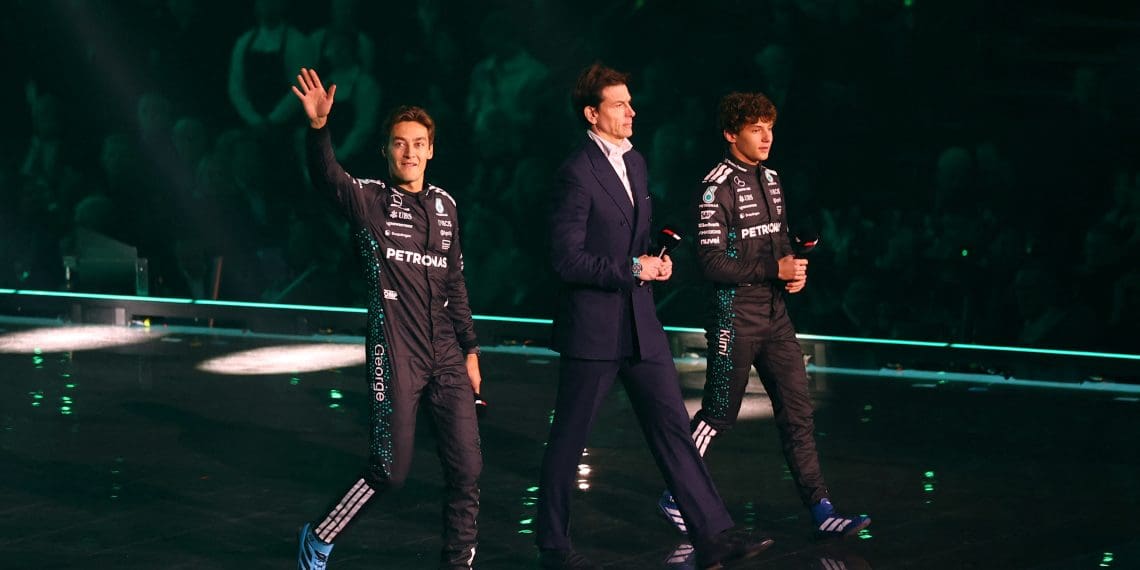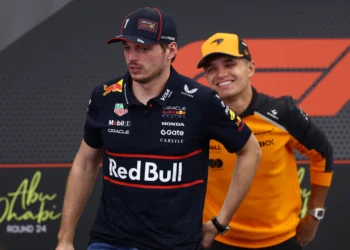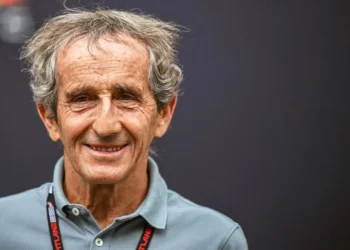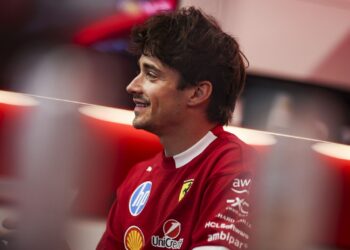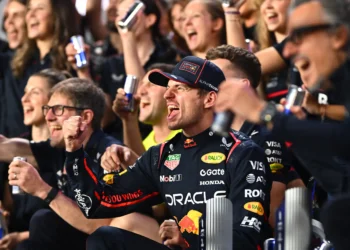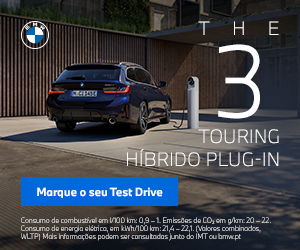After leaning heavily on Lewis Hamilton for the strategic direction of its Formula 1 car development for over a decade, Mercedes is now facing a paradigm shift. The team now needs to pivot and refine their approach to satisfy the driving style of their new team leader, George Russell. While he is a rookie, Kimi Antonelli, the new recruit, will likely be content with any car Mercedes provides. However, the onus now falls on Russell to utilize his experience and provide the team with the required guidance.
In the previous seasons, Russell has proven more than capable of handling Hamilton, and his leadership at Williams was commendable. It is evident that Russell is ready to embrace this new responsibility with enthusiasm. However, the team’s success will largely depend on the car’s performance. Mercedes will need to identify and rectify the issues that plagued last year’s model, particularly its temperature sensitivity and a lack of consistency. Even though Mercedes occasionally boasted the fastest car, its competitive edge was often short-lived.
Mercedes has revealed preliminary details about its W16 model. However, it is essential to remember that what we see today might not be the final product. The team’s shakedown on Tuesday, pre-season testing later in the week, or at the season-opener in Melbourne could yield further changes. Mercedes has a history of astonishing us, and this year might not be any different.
The front wing of the Mercedes car has undergone changes since last year, although the extent of these modifications is hard to quantify due to the different viewing angles. It appears that Mercedes has loaded more outboard and run the nose forward onto the leading flap, closing off the slot gap. This could potentially increase the front load at low speeds, but the impact on the airflow consistency to the center part of the underfloor at high speed remains in question.
A significant difference in Mercedes’ approach, compared to other teams, is their focus on minimizing the sidepod inlet. With a barely noticeable letterbox and the now-common vertical inlet, Mercedes seems to be pushing the boundaries of cooling inlet design.
The front corner of the sidepod now features a more full-length undercut. This could potentially change the influence that the airflow through this area has on the performance of the underfloor’s front corner, which in turn could affect the sealing of the underfloor’s second half.
Mercedes’ engine cover now prominently features the common cannon exits coming off the drivers’ shoulders. The body profile below these cannons is designed to direct more mass flow into the middle of the car, aiming at the beam wing, diffuser, and under the upper wing.
Interestingly, three months of aerodynamic research doesn’t seem to have led to significant changes in the floor sides. The vanes and the floor wing appear remarkably similar to last year’s model.
The rear suspension seems almost identical to last year’s model, featuring a pushrod-operated inboard springing mechanism. This is in line with the sidepod aerodynamic detail, suggesting that Mercedes might need to run the car very low to maximize the underfloor’s benefits.
As we’ve seen in the past, the rear wing is a component that often sees different solutions throughout the season. The current version appears very similar to last year’s model.
Heading into a season without a world champion at the helm is a new experience for Mercedes. Coupled with a rookie in the second car, this season presents a steep learning curve for the team. The challenge lies in managing a weekend with a driver who undoubtedly has speed and talent but needs to learn when to harness it.
In terms of performance, Mercedes’ objective should be to consistently challenge the top three teams, McLaren, Ferrari, and Red Bull, in qualifying. While the team may yearn for the dominance it enjoyed before the introduction of the ground effect rules, being consistently potential podium finishers would be a solid step forward in 2025.
The early races are crucial, as teams will soon shift their focus to the 2026 car. It is imperative for Mercedes to showcase its potential and secure big points early on. Whether Mercedes will be content with this remains to be seen. However, one thing is certain – there is untapped potential in their design, and it’s only a matter of time before someone uncovers it.

